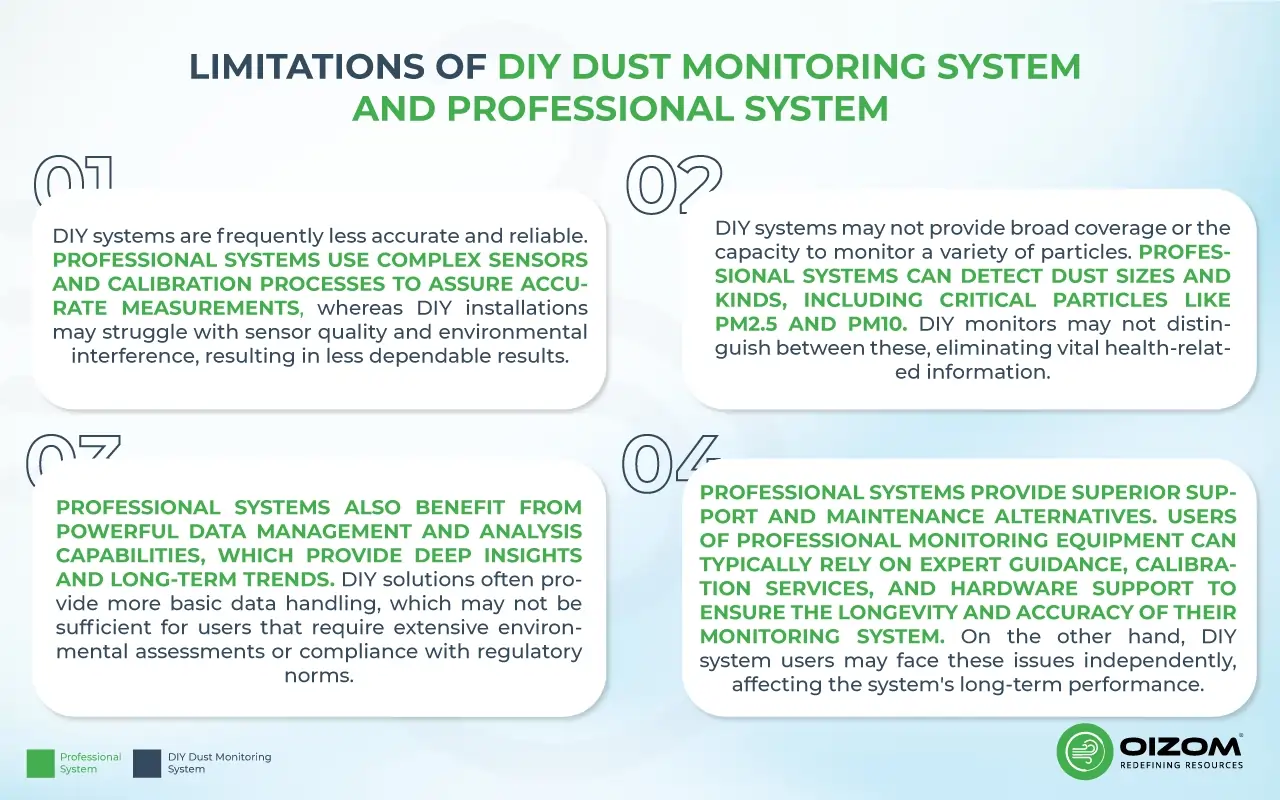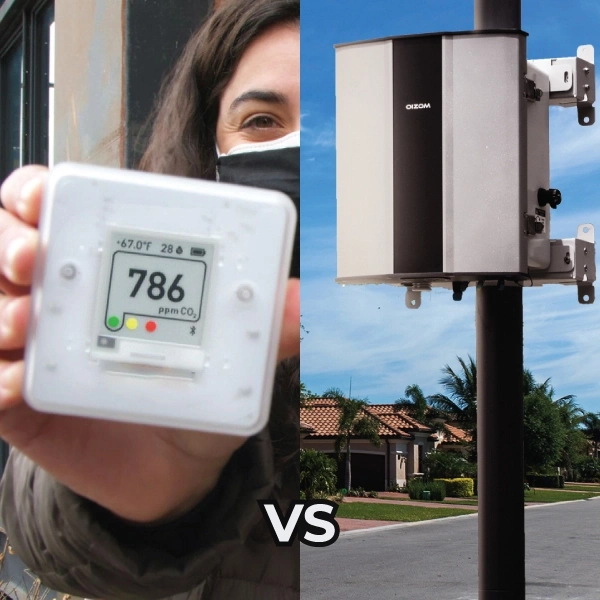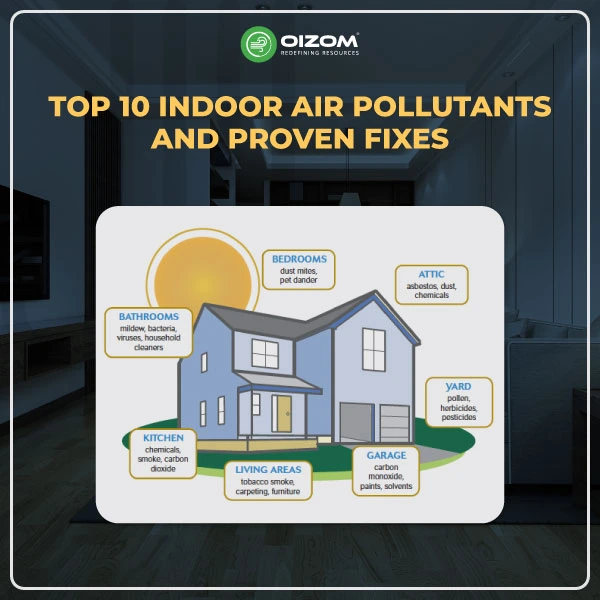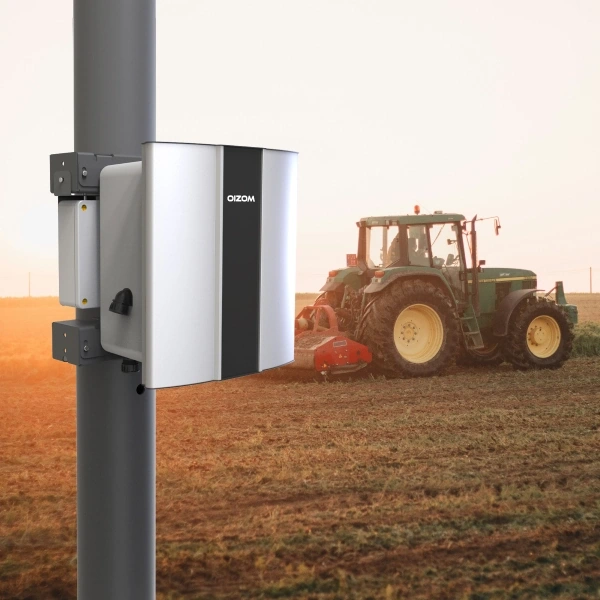Are you concerned about the air you’re breathing? The air quality around you can greatly impact your health and well-being, whether at home, work, or elsewhere. Dust is present everywhere. These minuscule particles, omnipresent in our environment, pose severe challenges to air and water quality, soil health, and human well-being. In this information era and technology, DIY air quality monitoring has become a powerful tool, allowing laypeople, not just scientists, to assess the air that sustains them. However, the professional system setup is crucial and multifaceted.
This blog delves into the fundamental differences, comparing the benefits and drawbacks of each alternative on various criteria such as cost, accuracy, ease of use, maintenance requirements, and environmental adaptability. From the low-cost attraction of DIY systems for individuals and education to the precision and dependability of professional systems for regulatory compliance and occupational health, we investigate what makes each option appropriate for varied user demands and circumstances. Our objective study aims to provide the knowledge necessary to select the best dust monitoring solution for your needs, ensuring effective air quality management.
The key difference between DIY dust monitoring and professional system
There are several important variables to consider when picking between DIY and professional dust monitoring systems. Understanding these distinctions is critical for choosing a system that best matches your goals, whether for personal, educational, or professional reasons.
Cost Analysis
If you’re concerned about air quality in your house, DIY air quality testing is a low-cost approach to examining it. DIY air quality monitoring allows you to gain control of your interior environment and discover any potential health risks.
There are numerous methods and tools available for conducting DIY air quality tests. One popular method is to employ air quality monitoring kits, which usually contain sampling instruments and instructions for collecting air samples. These samples can then be sent to a laboratory for investigation, where experts can detect and quantify the amounts of various pollutants. On the other hand, professional systems involve a higher upfront investment but are designed for long-term use, often with warranties, customer support, and access to advanced analytics platforms.
Accuracy and Reliability
Professional dust monitoring systems are typically more accurate and reliable than their DIY counterparts. They are engineered to meet industry standards and can precisely detect a wide range of particulate sizes. This accuracy is paramount for applications where data must inform health and safety decisions or comply with regulatory standards.
Oizom systems can accurately measure dust particle concentrations in the air. Using advanced sensors and data analytics, this real-time monitoring allows for timely and effective responses to dust pollution.
The Oizom devices are robust and rugged. Additionally, Oizom’s comprehensive data analysis helps identify dust pollution trends and sources, enabling long-term planning and policy-making to control dust more effectively. While improving, DIY systems may not offer the same level of detail or consistency, making them more suitable for non-critical applications or as a supplementary data source.
Ease of Installation and Use
DIY systems are frequently easy to install and use and designed with the non-specialist in mind. Many may be set up quickly and begin collecting data without requiring substantial technical skills. Professional systems, while perhaps needing more sophisticated installation methods, typically include extensive instructions and customer assistance. Their interfaces may be tailored for professional use, providing greater insights and data management features.
Maintenance Requirements
Maintenance is another important point of differentiation. DIY systems may require more hands-on maintenance from the user, such as regular calibration, software upgrades, and hardware changes. Professional systems often include maintenance services as part of the package, maintaining the system’s accuracy and reliability over time with minimal work from the user.
Suitability for Different Environments
Professional dust monitoring systems are designed to perform in various conditions, from tough industrial settings to sensitive indoor locations. They are tough and built to survive harsh environments while maintaining peak performance. DIY systems, while adaptable, may not provide the same amount of environmental adaptability, as they are better suited to less demanding situations.
In summary, the decision between DIY and professional dust monitoring systems is based on cost, accuracy, convenience, maintenance requirements, and environmental compatibility. Each has advantages specific to particular user needs and application circumstances.
Advantages of DIY dust monitoring system & professional system
DIY dust monitoring systems provide substantial benefits, especially in cost and accessibility. They are an excellent option for people, schools, and community groups seeking insight into local air quality without investing significantly. These systems encourage hands-on learning and may be tailored to specific requirements, making them adaptable to various applications. Their user-friendliness means that even persons with modest technical knowledge can contribute to and participate in environmental monitoring initiatives.
Professional dust monitoring systems, on the other hand, offer unparalleled precision and dependability. These systems, designed to fulfill strict industry standards, are critical for businesses and organizations that need precise data to comply with regulatory requirements and protect public health. They include full support and maintenance services, minimizing customer pressure, and ensuring uninterrupted operation. Professional systems are also built to work in various environmental circumstances, making them adaptable instruments for important monitoring duties across multiple industries.
Limitations of DIY Dust Monitoring System and Professional System

DIY dust monitoring systems are an inexpensive and convenient solution to check indoor air quality. However, they have considerable drawbacks when compared to professional systems.
- First and foremost, DIY systems are frequently less accurate and reliable. Professional systems use complex sensors and calibration processes to assure accurate measurements, whereas DIY installations may struggle with sensor quality and environmental interference, resulting in less dependable results.
- Furthermore, DIY systems may not provide broad coverage or the capacity to monitor a variety of particles. Professional systems can detect dust sizes and kinds, including critical particles like PM2.5 and PM10. DIY monitors may not distinguish between these, eliminating vital health-related information.
- Professional systems also benefit from powerful data management and analysis capabilities, which provide deep insights and long-term trends. DIY solutions often provide more basic data handling, which may not be sufficient for users that require extensive environmental assessments or compliance with regulatory norms.
- Professional systems provide superior support and maintenance alternatives. Users of professional monitoring equipment can typically rely on expert guidance, calibration services, and hardware support to ensure the longevity and accuracy of their monitoring system. On the other hand, DIY system users may face these issues independently, affecting the system’s long-term performance.
Conclusion
In conclusion, when choosing between DIY and professional dust monitoring systems, It is very important to understand the strengths and weaknesses of both categories. It’s crucial to balance cost-effectiveness and the quality of data needed. DIY systems offer an accessible entry point for individuals or small organizations keen on monitoring their environment without a significant investment. However, professional systems are unparalleled for those requiring precise, reliable data, especially when health and regulatory compliance are at stake. They provide advanced monitoring capabilities, comprehensive particulate detection, and robust data analysis tools backed by expert support and maintenance. However, Professional systems are the benchmark standard for in-depth, accurate dust monitoring.
Air quality monitors by Oizom democratize this knowledge, ensuring that it isn’t exclusive to scientists but accessible to all. Armed with data, we can make informed decisions, advocate for cleaner policies, and ensure that the air we breathe, the very essence of life, remains pure and invigorating.
FAQs
DIY air quality tests can give a basic idea of indoor air pollution but aren't as accurate as professional evaluations. They can detect pollutants like mold and VOCs, but results vary based on kit quality and user adherence to instructions.
DIY kits can test air quality for PM, CO, and VOCs. These kits provide a preliminary assessment, but professional services are recommended for detailed analysis.
Air quality monitors are the primary tools for checking air quality, capable of measuring pollutants like particulate matter, VOCs, and CO2. These devices range from simple handheld units to more sophisticated sensors, suitable for personal and professional use.






